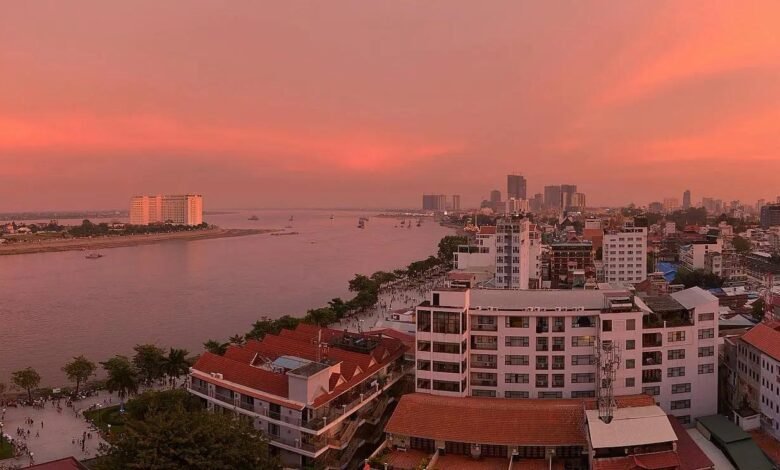Unveiling the Governance Landscape of Cambodia

The Importance of Understanding Cambodia’s Governance Landscape
Cambodia, a country located in Southeast Asia, has a rich cultural heritage and a complex political history. In recent years, it has experienced significant economic growth and development. To fully comprehend the dynamics of this vibrant nation, it is crucial to explore its governance landscape.
Historical Context
Cambodia’s governance structure has been shaped by its historical events. During the Khmer Empire, which flourished from the 9th to the 15th century, Cambodia had a highly centralized monarchy. However, in the 19th century, it became a French protectorate, leading to the introduction of a colonial administrative system.
Following Cambodia’s independence in 1953, the country went through a series of political changes, including the rise of the Khmer Rouge regime in the 1970s. This period of brutal dictatorship resulted in the loss of millions of lives and severely impacted Cambodia’s governance structures.
The Current Governance System
Today, Cambodia operates under a constitutional monarchy with a parliamentary system. The King serves as the head of state, while the Prime Minister is the head of government. The government is divided into three branches: the executive, legislative, and judicial.
The executive branch consists of the Prime Minister, who is appointed by the King, and the Council of Ministers. The legislative branch is represented by the National Assembly, which is responsible for making laws and overseeing the government’s activities. The judiciary is independent and ensures the rule of law.
Challenges and Reforms
Like any other country, Cambodia faces various governance challenges. Corruption, lack of transparency, and limited access to justice are some of the key issues that need to be addressed. Efforts have been made to implement reforms and strengthen governance mechanisms.
The government has taken steps to combat corruption through the establishment of anti-corruption institutions and the enactment of laws. Additionally, initiatives have been introduced to enhance transparency and accountability in public administration.
Furthermore, efforts have been made to improve access to justice and promote human rights. Legal reforms, capacity building programs, and the establishment of specialized courts have been implemented to ensure a fair and efficient judicial system.
Decentralization and Local Governance
Decentralization is an important aspect of Cambodia’s governance landscape. It aims to empower local authorities and promote participatory decision-making at the grassroots level. The government has implemented various policies to strengthen local governance and improve service delivery in rural areas.
Through the Commune/Sangkat Councils, local communities have the opportunity to participate in decision-making processes and contribute to the development of their respective regions. This approach has helped to bridge the gap between the central government and local communities, fostering a sense of ownership and accountability.
Conclusion
Understanding the governance landscape of Cambodia is crucial for anyone seeking to engage with the country, whether it be for business, research, or humanitarian purposes. By delving into its historical context, current governance system, challenges, and reforms, one can gain a comprehensive understanding of Cambodia’s political and administrative structures.
While Cambodia continues to face governance challenges, the government’s commitment to implementing reforms and promoting transparency and accountability is a positive sign. With continued efforts, Cambodia has the potential to further strengthen its governance mechanisms and foster sustainable development for its people.

